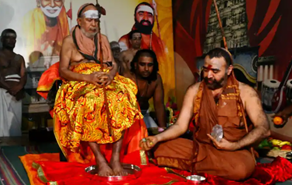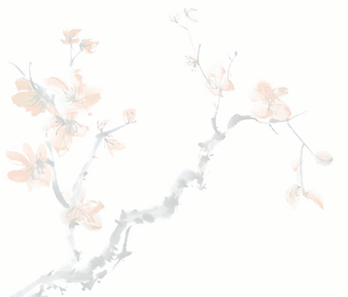




"The SankaraMatam DBA Hanuman Temple of Charlotte is currently under construction. We are working closely with the county to finalize all necessary construction documents and aim to begin construction by the end of 2025.
For more details, please call: 336-517-6268."
LATEST UPDATES 
We strongly believe that Vedic education is highly essential to develop one’s personality and character through self-awareness, self-realization, and self-respect. This academy focuses on teaching, building and preserving the traditions, cultures and rituals of the Sanatana Dharma and pass them to the next generation. The courses offered here are multi-dimensional that also consist of daily tasks focused on physical, mental, and emotional development.
In this course daily rituals to perform religious activities are taught. The course consists of the pooja essentials, procedures for both Shodasopachara (16 types) and Panchopachara (5 types) types of Nitya Pooja. At the end of the course students will be familiarized with pooja concepts, the religious and spiritual significance behind the pooja and other concepts - Ages 10 and above.
Click on Register button to apply for this course

Sandhyavandanam is an essential "Nitya Karma" to be performed by ALL those who have been given gayatri upadesa [Upanayanam]. Sandhyavandanam is a daily ritual which invokes health, wealth and prosperity for all those who religiously follow the practice as laid out in Sanatana Dharma. This course is offered for all ages and only for those who had the Upanayana karma (Sacred Thread ritual).
Click on Register button to apply for this course

A Suktam is a part or portion of Vedic verses in praise of a deity or group of deities to please accordingly, and to get a Kamya Phala. In this course the Pancha Suktams (5) Purusha Suktam, Narayana Suktam, Sri Suktam, Bhu Suktam, and the Nila Suktam are taught. – Ages 10 and above
Click on Register button to apply for this course

In this course both Vishnu and Lalitha Sahasranamams are taught. – Ages 10 and above.
Click on Register button to apply for this course

Sanskrit shlokas, Bhajans and stories on various deities, and stotras composed by great acharyas will be taught in a traditional way with focus on accurate pronunciation. Value-based stories from the puraanas and itihaasas will be narrated. Bhagavadgita, Ramayana and Bhajans will be introduced gradually.
Click on Register button to apply for this course

Rudram is an excerpt from Krishna Yajur Veda in the Taithireeya Samhita in the fourth and seventh chapters. Rudram is the most sacred prayer-chant to worship Lord Siva. This prayer to Lord Rudra has two parts - the Namakam (verses ending with Nama) and the Chamakam (Verses ending with Cha May). Rudram is a hymn offered to the all-pervading Brahman, designated as Rudra-Śiva, present in auspicious, benign forms as well as terrible forms which he assumes at the time of the dissolution. It has two parts, the Namakam and Chamakam. Both contains 11 'anuvaka' each. An 'anuvaka' is a partition. This course is an advanced course and is offered only to selected people.
Click on Register button to apply for this course

This Upanishad Belongs to The Krishna-Yajurveda and is divided into three sections called vallis, viz., (1) Siksha-valli or the section on instruction. (2) Brahmananda-valli or the section on Brahma-bliss. (3) Bhrigu-valli or the section on Bhrigu. This course is an advanced course and is offered only to selected people.
Click on Register button to apply for this course

These are offered only to selected people who are interested in pursuing the career of Hindu Priest
Click on Register button to apply for this course


